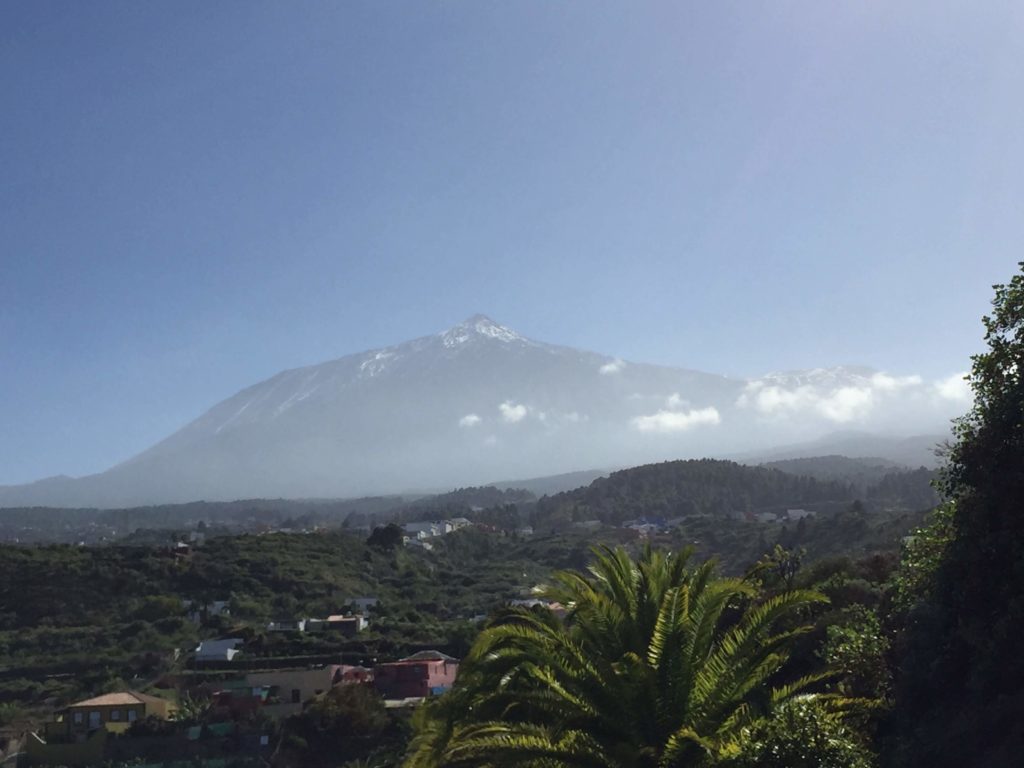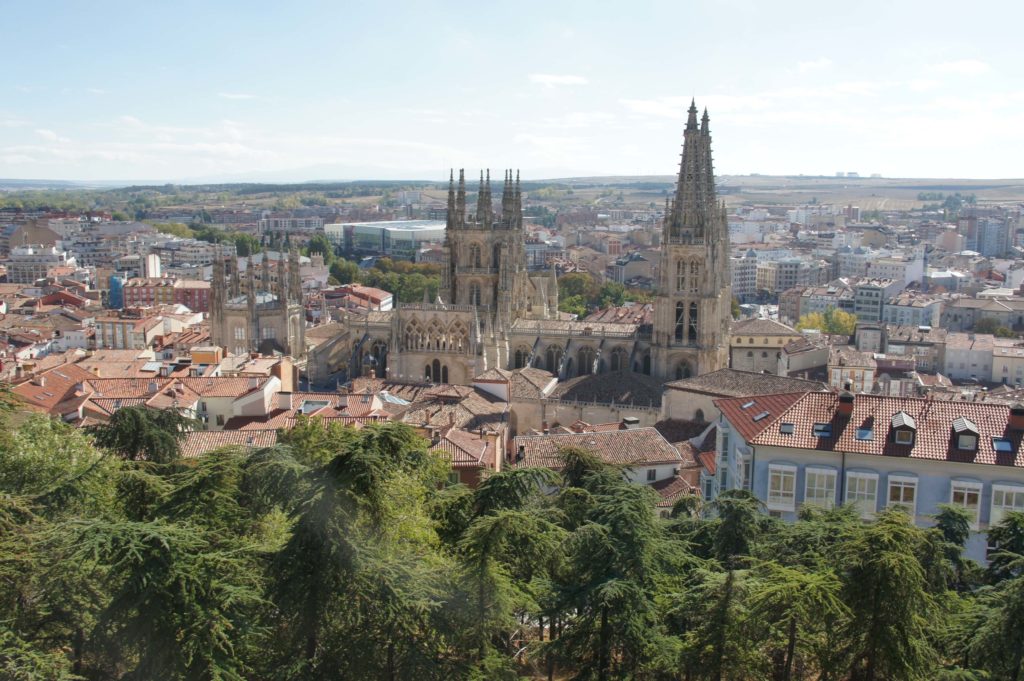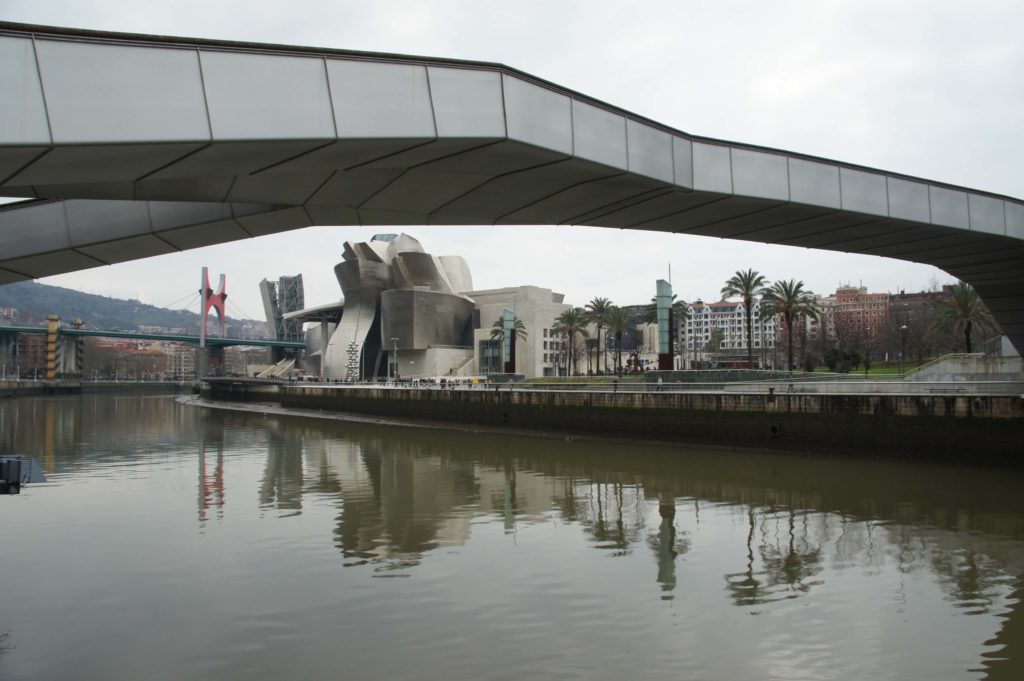Huelva – Spain
Roman: Onoba Aestuaria
An area of high interest I had pending for a long time now, the city of Huelva, the nearby sites of historical importance to the first voyage of Christopher Columbus to the “New World”, and the mines of Rio Tinto. All of which within a small distance to each other, yet hard to find a good flight deal before. After all, the nearest airports are either the very expensive Seville, or Faro in Portugal. The later was our option, and so the fastest. A year ago we’ve visited Faro and the entire Algarve region, so now was time to return and do the other side across the border in Spain.
It is only 115 kilometres from Faro to Huelva downtown, and we drove there the following day to our arrival, although we stayed overnight near the border at the Portuguese resort city of Monte Gordo. It’s always better to be rested from the night before as was already late when we landed at night, while also driving in the day light was part of this trip, enjoying the landscapes of the Rio Formosa Natural Park, River Guadiana (natural frontier between Portugal and Spain) and the marshes along the way.
Huelva as a city, is nothing really special. There are not many sights, nor is a touristy city; however, there is way much more in the nearby region, as for example the Columbine sites (one of the reasons why we came here on first instance); and for those interested in the industrial heritage the city is on the European Route of Industrial Heritage (ERIH) with its Riotinto Pier on the Odiel River, and the not so far incredible Rio Ttinto Mines (our second reason why we came here). It is just a few hours all you will need to visit the city of Huelva itself, for what you will have plenty of time to get to the historical sites of La Rabida Moanstery, Palos de la Frontera and Moguer all in the same day (later described in the next section).







